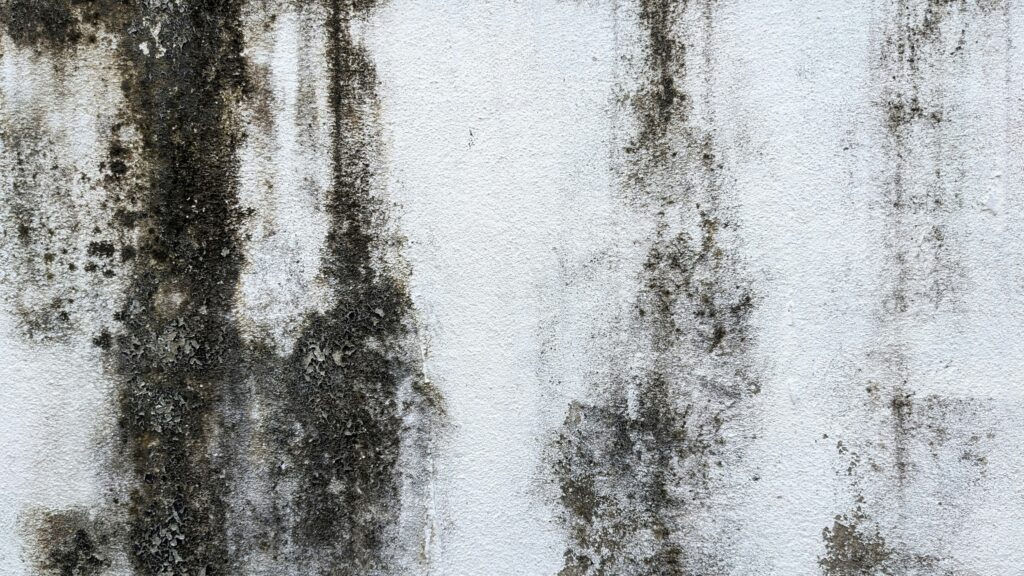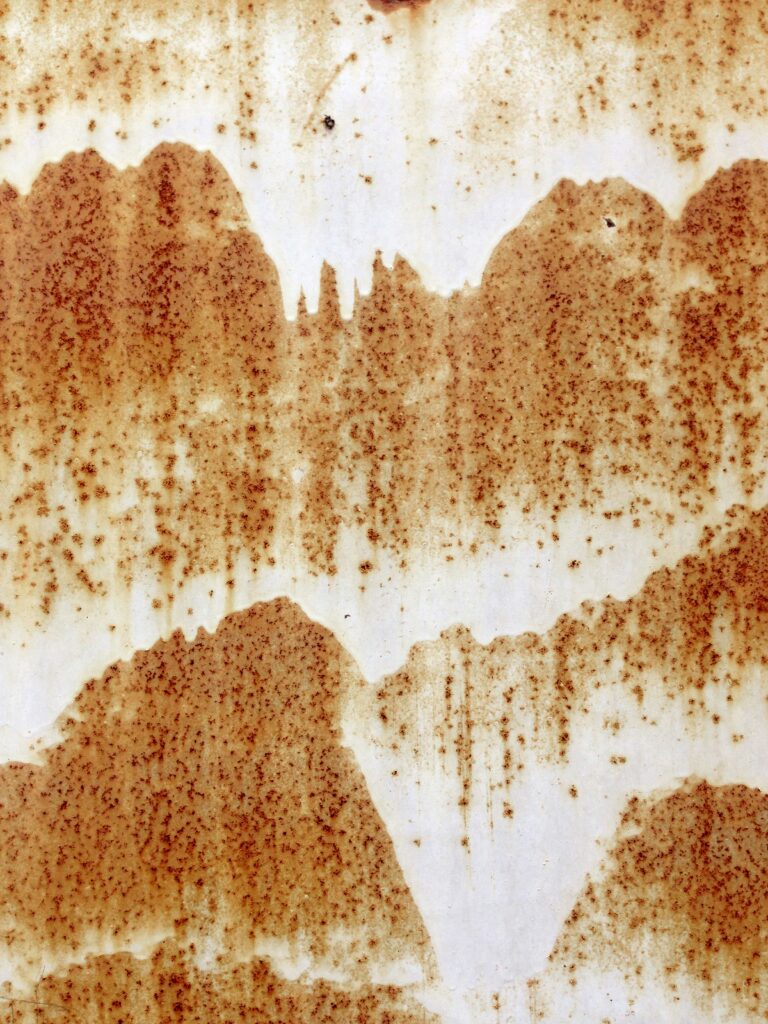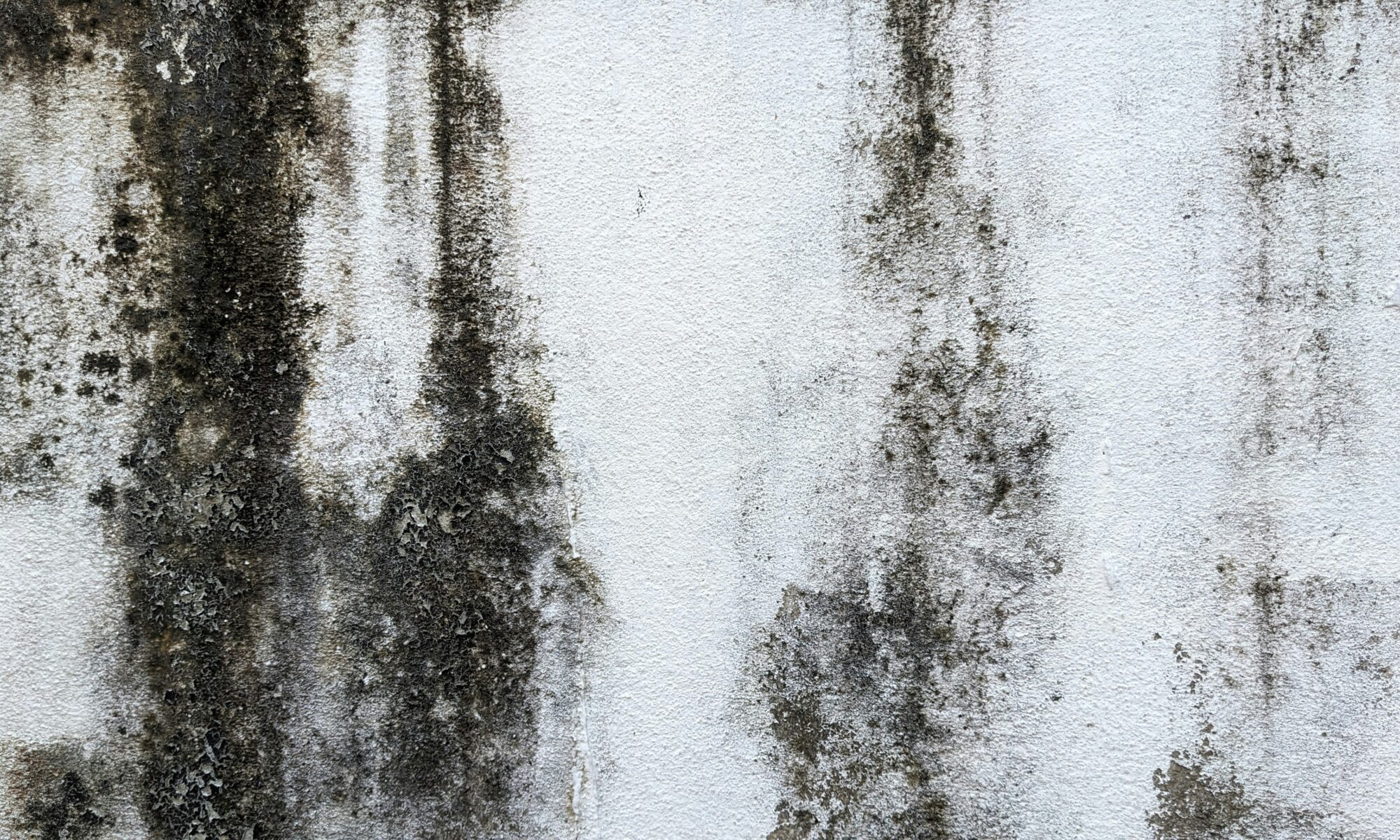Did you know inhaling mold and other chemicals can affect your health in the long run? That’s why it’s important to be on top of your mold and tough stains game! Whether you live in an apartment or landed property in Singapore, maintaining a clean living environment is key. Besides, stains – no matter how tough – on walls can be unsightly too. We have specially curated this piece to assist you or your part-time cleaner tackle these issues with the right techniques and tools. Let’s get to scrubbing out the stubborn mold and tough stains together!
- 1. Understand the Problem
- 2. Prepare the Area
- 3. Clean Mold from Walls
- 4. Remove Tough Stains from Walls
- 5. Preventive Measures
1. Understand the Problem
Before diving into a solution, we first have to find out the cause. It’s important to understand the nature of the mold and tough stains. For the unbeknownst, mold thrives in damp, humid environments, and can cause respiratory issues and allergies. Stains on walls, however, can be caused by food, drinks, smoke, markers or crayons. Whatever the reason, it can penetrate deep into the paint, making stain removal a difficult process. Once you’ve identified the cause and type of mold or stain, you can select the most effective cleaning method.
Tip: Regular wall inspections can help identify mold and stains early, preventing them from becoming severe. Using a flashlight to closely inspect dark or hard-to-reach areas can reveal mold growth you might otherwise miss.
2. Prepare the Area
As you will be dealing with chemical solutions, it’s important to protect yourself and the room you’re in. Wear gloves, a mask and goggles to protect yourself from mold spores and chemical exposure. Then, ensure your room is well-ventilated by opening the windows and doors. Lastly, remember to cover the floor or furniture with plastic sheets or old newspapers.
| Protective Gear | Wear gloves, a face mask, and safety goggles to protect yourself from mold spores and harsh chemicals. |
| Ventilation | Open windows and doors for airflow, which helps reduce the concentration of airborne mold spores and fumes from cleaning agents. |
| Protect Furniture and Flooring | Place plastic sheets, newspapers, or old towels around the cleaning area to prevent any damage from cleaning agents dripping or spilling onto surfaces. |
By setting up a safe and clean work environment, you minimize the risk of spreading mold spores and ensure the cleaning area is well-contained.

3. Clean Mold from Walls
If you’re cleaning mold from walls, here’s a step-by-step approach to follow to effectively remove them:
What you need:
- White vinegar or bleach
- Water
- Spray bottle
- Scrub brush or sponge
- Protective gear
Steps:
- Create a Cleaning Solution: Mix one part vinegar with one part water. For more severe mold cases, mix one cup of bleach with water instead. Note: Avoid mixing bleach with other cleaners, as it can create toxic fumes.
- Spray and Let It Sit: Pour the solution into a spray bottle and generously spray the affected area. Let the solution sit for at least 15 minutes to penetrate the mold.
- Scrub and Wipe Clean: Use a scrub brush or sponge to remove the mold. Reapply the solution as needed for particularly stubborn spots.
- Rinse and Dry Thoroughly: Rinse the area with clean water and dry it thoroughly with a cloth. Mold grows best in damp areas, so ensure the wall is fully dry to prevent future growth.
Extra Tips: Adding a few drops of tea tree oil to your vinegar solution can enhance its anti-fungal properties, giving you an extra edge against mold.

4. Remove Tough Stains from Walls
If you’re looking to remove tough stains from walls, you must understand that different stains require different approaches. Here’s how to tackle all of them:
What you need:
- Baking soda
- Hydrogen peroxide
- Dish soap
- Magic eraser or sponge
Steps:
- For Grease Stains: Mix baking soda with water to form a thick paste. Apply the paste to the stain and let it sit for a few minutes. Scrub gently with a sponge and rinse with water. Baking soda’s abrasive texture helps lift grease stains without damaging the paint.
- For Food and Drink Stains: Combine a few drops of dish soap with warm water. Apply to the stain and gently scrub. For stubborn stains, a mixture of hydrogen peroxide and water can be effective. Hydrogen peroxide helps break down organic stains without discoloring most wall surfaces.
- For Crayon or Marker Marks: Use a magic eraser to gently rub off crayon or marker marks. Alternatively, a mixture of baking soda and water works well. For permanent markers, rubbing alcohol on a cotton ball may help lift the stain without damaging paint.
Extra Tip: When using hydrogen peroxide, test it on a small, hidden area of the wall first to ensure it doesn’t cause any discoloration.
5. Preventive Measures
To prevent mold and stains from reappearing it is important to use dehumidifiers and ensure good ventilation to control humidity, especially in toilets and kitchens. Remember to wipe down walls regularly with a mild cleaning solution and fix any water leaks promptly to prevent damp conditions that encourage mold growth.
- Control Humidity: Use dehumidifiers and fans, especially in high-moisture areas like bathrooms and kitchens. Keeping humidity levels below 60% makes it more challenging for mold to grow.
- Ensure Proper Ventilation: Good ventilation helps prevent moisture buildup. Open windows or use exhaust fans while cooking or showering to reduce moisture levels.
- Regularly Clean Walls: Wipe down walls periodically with a mild cleaning solution. A mixture of warm water and dish soap works well for routine maintenance. Doing this prevents the buildup of dirt, grime, and moisture.
- Fix Leaks Immediately: Address water leaks in plumbing or the roof promptly to prevent mold growth. Mold can grow within 48 hours of a leak, so timely action is essential.
Tip: Mold-resistant paint is an excellent investment for mold-prone areas. These paints have antimicrobial properties that can keep mold growth at bay for longer.
Final Thoughts
Although cleaning mold and stubborn stains on walls may seem challenging, but with the right techniques, you can maintain a healthier, more beautiful home. Regular maintenance and simple DIY solutions can save you time and money while improving your home’s environment. Also, if it’s too difficult for you to do it yourself, you can always opt for a part-time cleaner in Singapore to help you maintain the cleanliness of your home. Professionals have the experience and tools needed to handle tough cleaning jobs safely and effectively.
Keeping your walls clean not only enhances the appearance of your space but also contributes to a healthier living environment by reducing allergens and pollutants. By following these tips and staying proactive with cleaning routines, you can enjoy a cleaner, fresher home every day. Always remember to put your health and comfort first!



You must be logged in to post a comment.